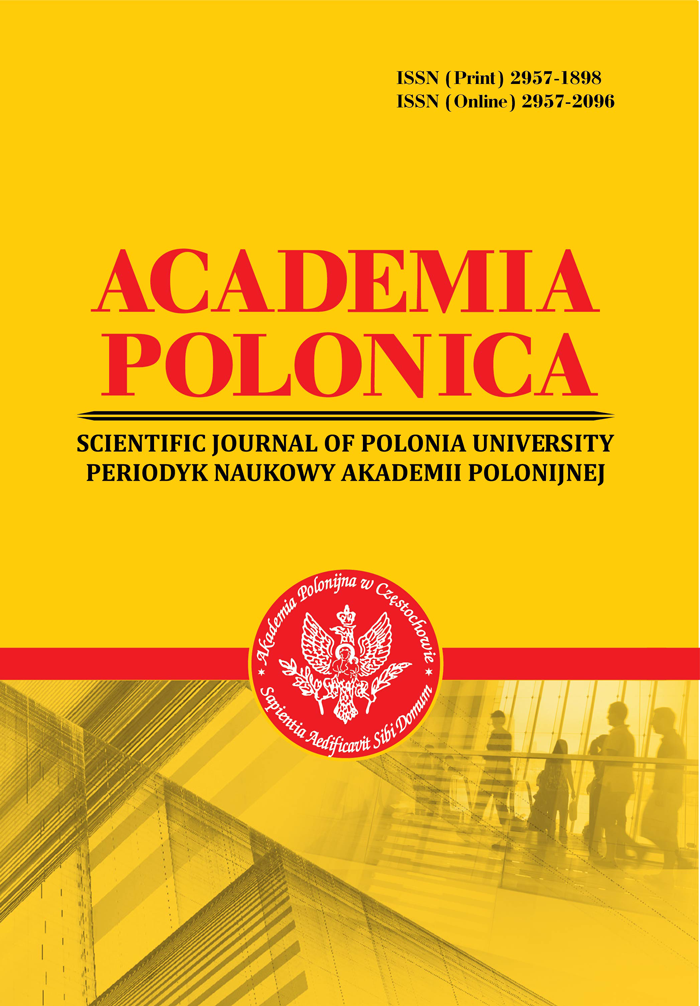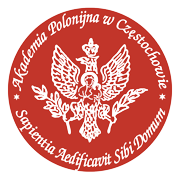EFFECT OF STAPHYLOCOCCAL BACTERIOPHAGE ON BIOFILMS OF STAPHYLOCOCCUS AUREUS STRAINS SENSITIVE AND RESISTANT TO CEFOTAXIME AND AZITHROMYCIN DEPENDING ON THE CHEMICAL COMPOSITION OF THEIR MATRIX
Abstract
Removal of mature biofilms is the main task of therapy, because biofilms are the basement of the pathogenic process. An influence on staphylococcal biofilms can be done by destruction of extracellular matrix. Phages produce a depolymerase that can destroy the exopolysaccharide matrix of biofilms. This treatment is more effective than standard antibiotic therapy. It was showed that the effect of the drug "Bacteriophage staphylococcal liquid" on biofilms of sensitive to cefotaxime and azithromycin strains, characterized by decreasing of absorbance level of eluted dye on 19.1%. A more significant effect of the bacteriophage was found for biofilms of strains resistant to cefotaxime and azithromycin (33.9% decrease in optical density). Study the composition of biofilms matrix based on the specific destruction of its components. It was found that the main component in the biofilm matrix of the studied strains is exopolysaccharides, and their amount is 12.02% higher than in the antibiotic-resistant strain. Аfter treatment with sodium periodate the decreasing of optical density of eluted dye at 47.00±2.87% for antibiotic sensitive strain and 59.02±2.10% – for resistant strain. The results demonstrate the effectiveness of the phages drugs use to control the growth of biofilms formed by Staphylococcus aureus strains, the matrix of that consisting of a large number of exopolysaccharide.
References
2. Balducci, E., Papi, F., Capialbi, D.E., & Del Bino, L. (2023). Polysaccharides’ Structures and Functions in Biofilm Architecture of Antimicrobial-Resistant (AMR) Pathogens. International Journal of Molecular Sciences, 24. Retrieved from https://doi.org/10.3390/ijms24044030
3. Bowden, L.C., Finlinson, J., Jones,B., & Berges, B.K. (2024). Beyond the double helix: the multifaceted landscape of extracellular DNA in Staphylococcus aureus biofilms. Frontiers in Cellular and Infection Microbiology, 14. Retrieved from https://doi.org/10.3389/fcimb.2024.1400648
4. Chang, C., Yu, X., Guo, W., Guo, C., Guo, X., Li, Q., [et al.]. (2022). Bacteriophage-Mediated Control of Biofilm: A Promising New Dawn for the Future. Frontiers in Microbiology, 13. Retrieved from https://doi.org/10.3389/fmicb.2022.825828
5. Dicks, L.M.T., & Vermeulen, W. (2024). Bacteriophage-Host Interactions and the Therapeutic Potential of Bacteriophages. Viruses, 3 (16). Retrieved from https://doi.org/10.3390/v16030478
6. Doolittle, M.M., Cooney, J.J., & Caldwell D.E. (1996). Tracing the interaction of bacteriophage with bacterial biofilms using fluorescent and chromogenic probes. Journal of Industrial Microbiology, 6 (16). 331-341. Retrieved from https://doi.org/10.1007/BF01570111
7. Duarte, A.C., Fernández, L., Jurado, A., Campelo, A.B., Shen, Y., Rodríguez, A., [et al.]. (2024). Synergistic removal of Staphylococcus aureus biofilms by using a combination of phage Kayvirus rodi with the exopolysaccharide depolymerase Dpo7. Frontiers in Microbiology, 15. Retrieved from https://doi.org/10.3389/fmicb.2024.1438022
8. Goltermann, L., Shahryari, S., Rybtke, M., & Tolker-Nielsen, T. (2024). Microbial Primer: The catalytic biofilm matrix. Microbiology, 8 (170). Retrieved from https://doi.org/10.1099/mic.0.001497
9. Guo, Z., Liu, M., & Zhang, D. (2023). Potential of phage depolymerase for the treatment of bacterial biofilms. Virulence. 1 (14). Retrieved from https://doi.org/10.1080/21505594.2023.2273567
10. Izano, E.A., Amarante, M.A., Kher, W.B., & Kaplan, J.B. (2008). Differential roles of Poly-N-acetylglucosamine surface polysaccharide and extracellular DNA in Staphylococcus aureus and Staphylococcus epidermidis biofilms. Applied and Environmental Microbiology. 2 (74). 470-476. Retrieved from https://doi.org/10.1128/AEM.02073-07
11. Joo, H., Wu, S.M., Soni, I., Wang-Crocker, C., Matern, T., Beck, J.P., [et al.]. (2023). Phage and Antibiotic Combinations Reduce Staphylococcus aureus in Static and Dynamic Biofilms Grown on an Implant Material. Viruses, 2 (15). Retrieved from https://doi.org/10.3390/v15020460
12. Lamret, F., Varin-Simon, J., Velard, F., Terryn, C., Mongaret, C., Marius, C., [et al.]. (2021). Staphylococcus aureus Strain-Dependent Biofilm Formation in Bone-Like Environment. Frontiers in Microbiology, 12. Retrieved from https://doi.org/10.3389/fmicb.2021.714994
13. Liu, J.J., Madec, J-Y., Bousquet-Mélou, A., Haenni, M., Ferran, A.A. (2021). Destruction of Staphylococcus aureus biofilms by combining an antibiotic with subtilisin A or calcium gluconate. Scientific Reports, 11. Retrieved from https://doi.org/10.1038/s41598-021-85722-4
14. Lu, Y., Cai, W-j., Ren, Z., Han, P. (2022). The Role of Staphylococcal Biofilm on the Surface of Implants in Orthopedic Infection. Microorganisms, 10 (10). Retrieved from https://doi.org/10.3390/microorganisms10101909
15. Muhammad, M.H., Idris, A.L., Fan, X., Guo, Y., Yu. Y., Jin, X., [et al.]. (2020). Beyond Risk: Bacterial Biofilms and Their Regulating Approaches. Frontiers in Microbiology, 11. Retrieved from https://doi.org/10.3389/fmicb.2020.00928
16. Nazir, A., Song. J., Chen, Y., & Liu, Y. (2023). Phage-Derived Depolymerase: Its Possible Role for Secondary Bacterial Infections in COVID-19 Patients. Microorganisms, 2 (11). Retrieved from https://doi.org/10.3390/microorganisms11020424
17. Nguyen, H.T.T., Nguyen, T.H., & Otto, M. (2020). The staphylococcal exopolysaccharide PIA – Biosynthesis and role in biofilm formation, colonization, and infection. Computational and Structural Biotechnology Journal, 18, 3324-3334. Retrieved from https://doi.org/10.1016/j.csbj.2020.10.027
18. Omwenga, E.O., & Awuor, S.O. (2024). The Bacterial Biofilms: Formation, Impacts, and Possible Management Targets in the Healthcare System. Canadian Journal of Infectious Diseases and Medical Microbiology. Retrieved from https://doi.org/10.1155/cjid/1542576
19. Pinto, R.M., Soares, F.A., Reis, S., Nunes, C., & Van Dijck, P. (2020). Innovative Strategies Toward the Disassembly of the EPS Matrix in Bacterial Biofilms. Frontiers in Microbiology, 11. Retrieved from https://doi.org/10.3389/fmicb.2020.00952
20. Plota, M., Sazakli, E., Giormezis, N., Gkartziou, F., Kolonitsiou, F., Leotsinidis, M., [et al.]. (2021). In Vitro Anti-Biofilm Activity of Bacteriophage K (ATCC 19685-B1) and Daptomycin against Staphylococci. Microorganisms, 9 (9). Retrieved from https://doi.org/10.3390/microorganisms9091853
21. Schilcher, K., & Horswill, A.R. (2020). Staphylococcal Biofilm Development: Structure, Regulation, and Treatment Strategies. Microbiology and Molecular Biology Reviews, 3 (84). Retrieved from https://doi.org/10.1128/mmbr.00026-19
22. Topka-Bielecka, G., Dydecka, A., Necel, A., Bloch, S., Nejman-Faleńczyk, B., Węgrzyn, G., [et al.]. (2021). Bacteriophage-Derived Depolymerases against Bacterial Biofilm. Antibiotics, 2 (10). Retrieved from https://doi.org/10.3390/antibiotics10020175
23. Xia, Y., Hu, Z., Jin, Q., Chen, Q., Zhao, C., Qiang, R., [et al.]. (2025). Structural characteristics, functions, and counteracting strategies of biofilms in Staphylococcus aureus. Computational and Structural Biotechnology Journal, 27, 488-500. Retrieved from https://doi.org/10.1016/j.csbj.2025.01.021
Abstract views: 230 PDF Downloads: 56







